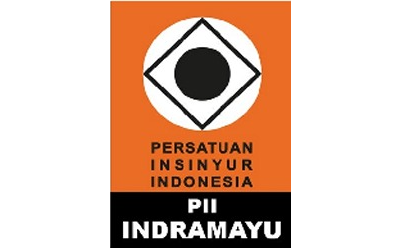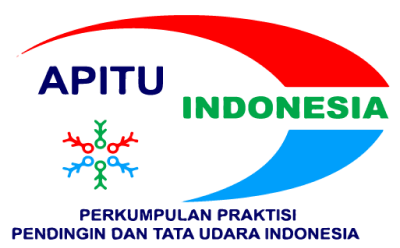OPTIMASI PARAMETER PEMBUBUTAN PADA MATERIAL AISI 4340 MENGGUNAKAN METODE TAGUCHI DAN GREY RELATIONAL ANALYSIS
Abstract
Full Text:
PDFReferences
Dureja, J. S., Singh, R., & Bhatti, M. S. (2014). Optimizing Flank Wear and Surface Roughness during Hard Turning of AISI D3 Steel by Taguchi and RSM Methods. An Open Access Journal Vol. 2 No.1, 767-783.
Rochim, T. (2007). Proses Pemesinan Buku 1: Klasifikasi Proses, Gaya, dan Daya Pemesinan. Bandung: ITB
Sandvik. (2009). Technical Guide Catalog. Sweden: Sandvik Coromant.
Chou, Y. K., & Song, H. (2004). Tool Nose Radius Effects on Finish Hard Turning. Journal of Materials Processing Technology, 259-268.
Groover, M. P. (2020). Fundamentals of Modern Manufacturing : Materials, Processes, and Systems 7th edition. United States of America: John Wiley & Sons, Inc.
Kalpakjian, S., & Schmid, S. R. (2010). Manufacturing Engineering and Technology sixth edition. United States of America: Pearson Education.
Astakhov, V. P., & Davim, J. P. (2008). Tools (Geometry and Material) and Tool Wear. London: Springer
Bandanadjaja, B., Ruskandi, C., & Pramudia, I. (2016). Perlakuan Panas Material AISI 4340 Untuk Menghasilkan Dual Phase Steel Ferrit-Bainit. STEMAN (pp. 16-19). Bandung: Polman Bandung.
Antony, J., & Kaye, M. (2000). Experimental Quality : A Stategic Approach To Achieve and Improve Quality. New York: Springer Science+Business Media.
Taguchi, G., Chowdhury, S., & Wu, Y. (2005). Taguchi's Quality Engineering Handbook. Canada: John Wiley & Sons, Inc.
Pagano, R. R. (2010). Understanding Ststistics In The Behavioral Sciences, Tenth Edition. United States of America: Wadsworth.
Rao, D. V. (2011). Advanced Modeling and Optimization of Manufacturing Processes. Springer.
Liu, S., Yang, Y., & Forrest, J. (2017). Grey Data Analysis : Methods, Models, and Application. Singapore: Springer.
DOI: https://doi.org/10.31884/jtt.v10i1.510
Refbacks
- There are currently no refbacks.
Copyright (c) 2024 JTT (Jurnal Teknologi Terapan)

This work is licensed under a Creative Commons Attribution-NonCommercial-NoDerivatives 4.0 International License.
 Creative Common Attribution-ShareAlike 4.0 International (CC BY-SA 4.0)
Creative Common Attribution-ShareAlike 4.0 International (CC BY-SA 4.0)













